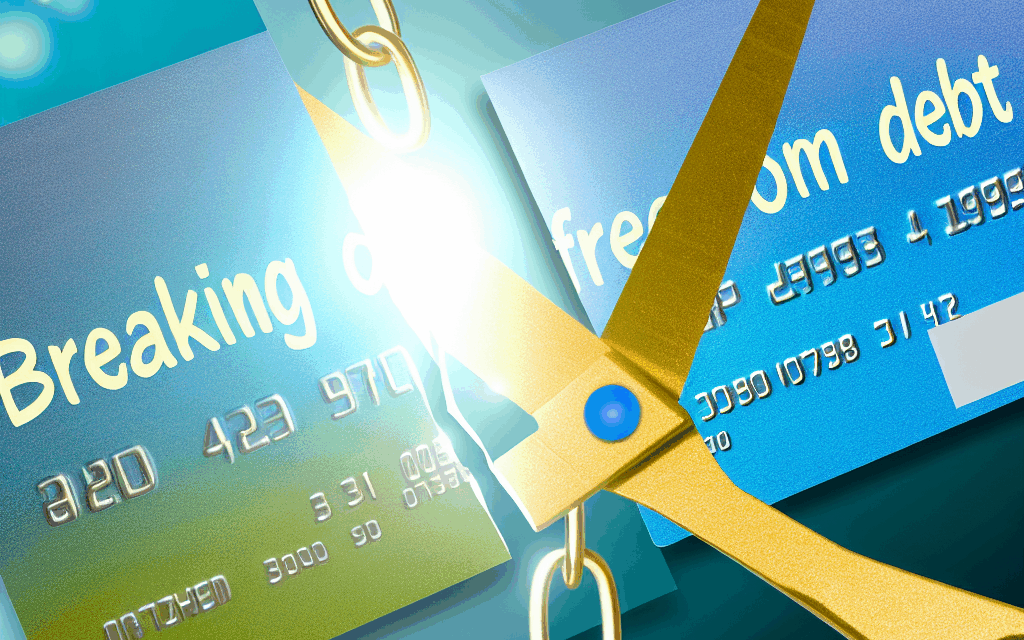Breaking Free from Debt: The Ultimate Guide to Using Loans for Consolidation
Debt can often feel like a heavy burden, casting a shadow over financial stability and peace of mind. For many, the concept of debt consolidation via loans offers a way out, a structured solution that can simplify payments, reduce interest rates, and provide a clearer path to financial freedom. This guide aims to illuminate the path of debt consolidation, providing essential insights into how loans can be used effectively to break free from debt.
Understanding Debt Consolidation
Debt consolidation involves combining multiple debts into a single loan, ideally with a lower interest rate and more manageable monthly payment. This process can make it easier to handle debt and potentially save money over time. By consolidating debt, you transition from managing multiple payment schedules to maintaining just one, reducing stress and the risk of missed payments.
Types of Loans for Debt Consolidation
Choosing the right loan is crucial for effective debt consolidation. Here are the primary types of loans to consider:
1. Personal Loans
Personal loans are often unsecured, meaning they do not require collateral. They’re widely available through banks, credit unions, and online lenders. With a fixed interest rate, personal loans provide predictable monthly payments and a clear timeline for repayment.
2. Home Equity Loans
For homeowners, a home equity loan may offer lower interest rates since it’s secured by your property. While this loan can provide substantial funds at a lower cost, it carries the risk of foreclosure if you fail to make payments.
3. Balance Transfer Credit Cards
Some credit cards offer low or zero-interest rates on balance transfers for an introductory period. While this can be an effective short-term solution, it requires strict discipline to pay off the debt before the regular interest rate kicks in.
Steps to Consolidate Your Debt
Successfully consolidating debt involves several key steps:
1. Evaluate Your Debt
Begin by compiling a list of all outstanding debts, including balances, interest rates, and monthly payments. This comprehensive overview will help you decide the best consolidation option.
2. Check Your Credit Score
Your credit score will influence the terms of any loan you receive, so ensure it’s accurate. A higher score can provide access to better rates and terms.
3. Research and Compare Lenders
Investigate potential lenders, comparing interest rates, fees, terms, and customer reviews. Consider both traditional banks and online lenders to find the best deal that suits your needs.
4. Choose the Right Loan Option
Based on your debt evaluation and research, choose the loan type that best aligns with your financial situation and goals.
5. Apply for the Loan
Complete the application process with your chosen lender. Be prepared with documentation such as proof of income, existing debts, and other relevant financial information.
6. Pay Off Existing Debts
Once approved, use the loan funds to pay off all existing debts. Ensure that accounts are closed or left with a zero balance.
7. Create a Repayment Plan
Design a strict budget to ensure timely repayment of your consolidation loan. Monitor your progress and adjust as necessary to stay on track.
Benefits of Debt Consolidation
-
Simplified Finances: One monthly payment instead of many.
-
Potential Savings: Lower interest rates can reduce the total cost of your debt.
-
Improved Credit Score: Consistent payments can enhance your credit profile over time.
-
Reduced Stress: A single payment can ease financial anxiety and improve overall well-being.
Considerations and Risks
While debt consolidation can be beneficial, it is not without risks:
- Temptation to Accumulate More Debt: Avoid accruing new debt before your consolidation loan is paid off.
- Costs and Fees: Be aware of potential fees involved in taking out a new loan.
- Security Risks: Secured loans risk significant assets like your home.
Final Thoughts
Breaking free from debt through consolidation can be a lifeline to regain control over your finances. It requires careful planning, disciplined repayment, and a commitment to preventing future debt accumulation. By understanding your options and taking strategic steps, you can transform the burden of debt into an opportunity for financial empowerment and stability.





